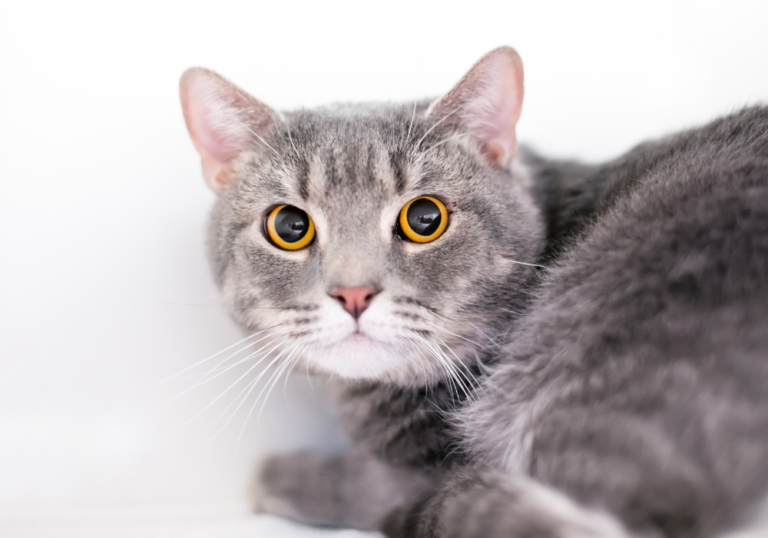What Your Cat's Eyes Can Tell You

Understanding your cat’s emotions can often feel like a guessing game, especially since our feline friends don’t wear their hearts on their sleeves. However, one of the most revealing aspects of your cat’s emotional state is found in their eyes. By observing the size and behavior of their pupils, you can gain valuable insights into your cat’s mood and feelings.
Your Cat’s Different Pupil Sizes and What They Mean
Cats have a unique way of communicating their emotions, and pupil size is one of the key indicators. Unlike humans, who express emotions through facial expressions, cats rely on their eyes to convey feelings.
Changes in the Eyes Provide Important Information About Your Cat’s Mood
The pupils—those dark openings in your cat’s colorful irises—react to changes in light, but they also adjust according to your cat’s emotional state. Here are some common interpretations of pupil size:
- Pleasure: When your cat is content, such as when it’s purring in your lap, you may notice its pupils becoming narrow slits. This is a sign of happiness and comfort. However, it’s important to remember that some cats also purr when they are scared or in pain, so context is key.
- Aggression or Anger: If your cat’s pupils are small and narrow, it may be feeling aggressive. This pupil change often precedes playful pouncing or defensive behavior. Aggressive cats may also squint, which protects their eyes during potential confrontations.
- Fear or Excitement: Wide pupils are typically a sign that your cat is either frightened or very excited. You might observe this behavior when exposing your cat to something new or startling, like a vacuum cleaner or a new toy.
- Relaxation: If you see your cat with half-closed eyes and normal pupil size, it’s likely feeling relaxed and comfortable around you.
What Blinking Means
Have you ever caught your cat giving you a slow blink? This behavior is often compared to a kiss or smile and indicates that your cat is showing affection. Next time you notice this sweet gesture, try returning the favor with a slow blink of your own!
Putting the Clues Together
While your cat’s eyes provide significant cues about their mood, it’s essential to consider other body language signals as well:
- Posture: A cat with a neutral or relaxed posture combined with normal or large pupils signifies confidence and happiness. Conversely, small pupils, flattened ears, and an arched back indicate aggression.
- Tail and Ear Position: An upright tail and erect ears suggest a confident cat, while a hunching posture with a tail tucked between the legs shows anxiety or fear.
- Vocalizations: Pay attention to the sounds your cat makes. Happy meows differ from agitated or aggressive ones. A growl, for instance, is a clear signal that your cat is unhappy and needs space.
By becoming familiar with these visual and auditory signals, you can better understand your cat’s emotional landscape. If you ever notice a sudden change in your cat’s behavior or their eyes, it may indicate an underlying issue that requires attention.
Consult Our Doctors at Acacia Pet Hospital
If you suspect your feline friend is experiencing discomfort or if their behavior changes suddenly, don’t hesitate to consult our doctors at Acacia Pet Hospital. We are here to help you ensure your cat stays happy and healthy.
If you need more help or have any questions, call us at Acacia Pet Hospital, acaciapetclinic.com, (408) 264-6354, 4486 Pearl Ave, San Jose, CA 95136,
Hours: Monday-Friday: 8:00 am – 5:00 pm or visit us online.

